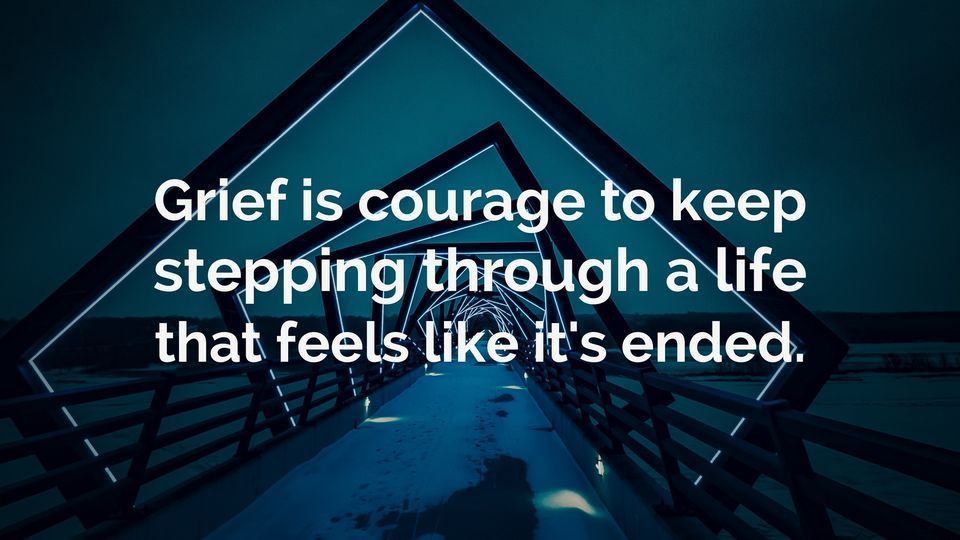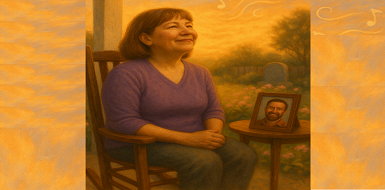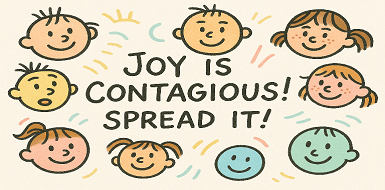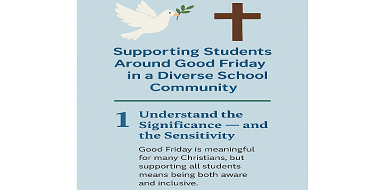Tippy, Tippy Toes: Grief is at the same depth as the love
Embracing Grief with Compassion: Supporting Loved Ones Through Intense Loss

Embracing Grief with Compassion: Supporting Loved Ones Through Intense Loss
We say all kinds of things to attempt to put meaning to those hard-to-say things: I love you … to the moon and back; this much (with outstretched arms); to infinity and beyond, etc. I always told Bob that I loved him from the top of my head to my tippy, tippy toes. What that meant to us was all of me. With a love that intense, it is, of course, painful to say goodbye.
So, how do we comfort someone going through such an intense loss? As mentioned in the last blog, we need to resist the urge to try to fix it or make it right. But that is so difficult. It’s human nature to want to comfort someone when they are in pain. We want to “make it better” as a band-aid does for a child. But, when one is in pain, those words of comfort seem patronizing, much like that band-aid. As a child, we thought it was a cure-all. Yet, as an adult, we know better.
We can’t remove the urge to want to bring comfort, but we need to try not to act on it. Pause before you offer any kind of support. In that pause, think long and hard about what the best course of action truly is. Acknowledgment of the reality of pain is usually a far better response than trying to fix it (Devine, 2017). Just sitting with someone going through the pain of grief is usually what is needed most. More frequently than not, they just need to be heard. They need the reality of the pure and utter mess of a situation to be validated and mirrored back. And, most of the time, people want to talk about the loss. Grief is uncomfortable, so most people skirt around it. But we need to push past our own comfort zone for the sake of our friend or client in pain.
The way to truly be helpful to someone in pain, especially at the beginning of loss, is to let them have their pain. Let them share the reality of how much this hurts, how hard this is, without jumping in to clean it up, make it smaller, or make it go away (Devine, 2017). That pause between the urge or impulse to help and taking action lets you come to the pain with skill, and with love. That pause lets you remember that your role is that of witness, not problem solver (Devine, 2017).
And that’s where I am personally on day 90 of the loss of my amazing husband. It’s a strange and surreal place, this pause, where grief has become a constant companion. It's a state where I have learned that allowing myself to feel the depth of my loss is a form of respect for the love we shared. And most remain in this pause—just sitting with the grief to allow respect for the loss for quite some time. Those who’ve walked this journey before me tell me it’s usually about a year. So, remember that just being there is the best way to “fix it” for now. You don’t need to say or do the “right thing”; you just need to be there.
The Power of Presence
Your presence is the greatest gift you can offer someone in the throes of grief. It’s not about finding the perfect words or gestures but about being a steady, comforting presence in the storm of their emotions. When you sit with someone in their grief, you acknowledge their pain without trying to diminish it. This simple act of being there, of holding space for their sorrow, is profoundly healing.
Listening is an invaluable skill in these moments. Let them talk about their loved one, share memories, and express their feelings. Avoid the temptation to interject with solutions or platitudes. Instead, offer your full attention and empathy. This validates their experience and provides the understanding they desperately need.
Practicing Empathy and Patience
Empathy is key in supporting someone through grief. Try to put yourself in their shoes and imagine the depth of their pain. Reflect this understanding back to them by acknowledging their feelings and letting them know it’s okay to feel whatever they’re feeling. There is no right or wrong way to grieve, and each person’s journey is unique.
Patience is equally important. Grief doesn’t follow a set timeline, and the process of healing can be long and arduous. Be patient with their emotional swings and understand that what they need might change from day to day. Some days, they may want to talk; other days, they might just need quiet companionship. Respect their pace and needs.
Creating a Supportive Environment
Creating a supportive environment involves more than just being physically present. It’s about fostering a space where the grieving person feels safe to express themselves. This might mean sitting in silence, offering a shoulder to cry on, or simply being a non-judgmental presence.
Encourage them to engage in activities that bring comfort and solace. Whether it’s taking a walk in nature, creating art, or practicing mindfulness, these activities can provide a respite from the intensity of grief. However, be mindful not to push them into anything they’re not ready for.
Continued Support Beyond the Immediate Loss
Support doesn’t end after the funeral or memorial service. Grief can resurface at unexpected times, triggered by anniversaries, holidays, or significant milestones. Continue to check in with your loved one, offering your support and understanding long after the initial loss. Remembering and acknowledging these moments shows that you care and that you haven’t forgotten their pain.
In conclusion, the journey through grief is deeply personal and often isolating. But with patience, empathy, and a willingness to simply be there, you can provide invaluable support. By resisting the urge to fix and instead offering presence and understanding, you help your loved one carry their pain a little lighter. And in this shared space of sorrow and love, true healing can begin.
References
Devine, M. (2017). It’s OK That You’re Not OK: Meeting Grief and Loss in a Culture That Doesn’t Understand. Boulder, CO: Sounds True. (ISBN: 97871622039074)
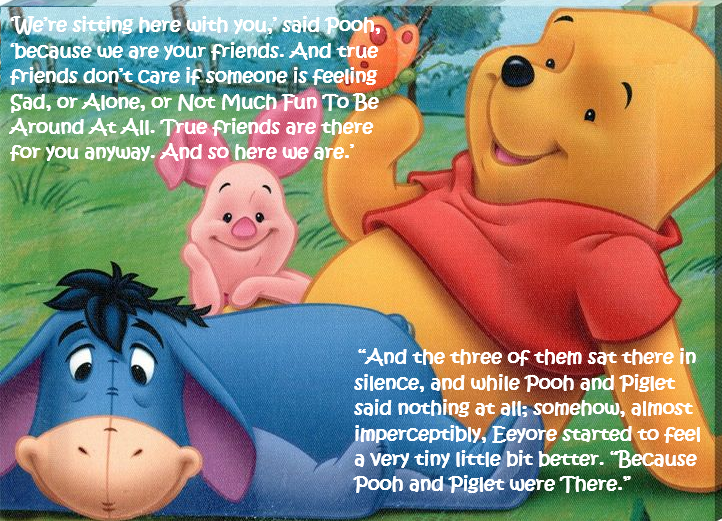
I am a school counselor turned counselor educator, professor, and author helping educators and parents to build social, emotional, and academic growth in ALL kids! The school counseling blog delivers both advocacy as well as strategies to help you deliver your best school counseling program.
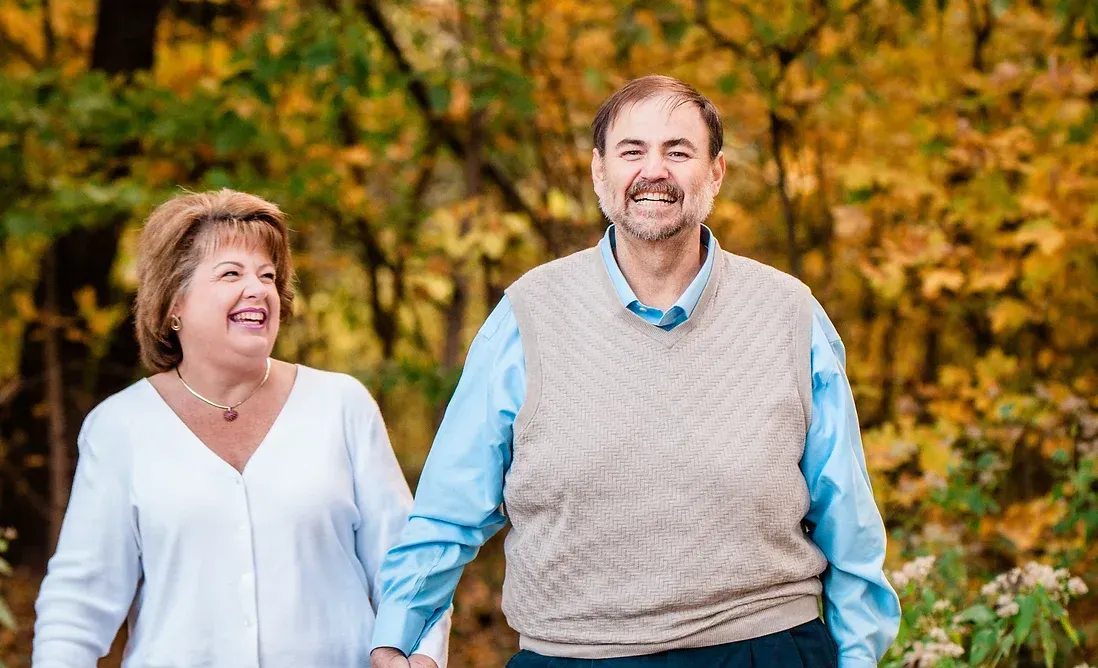
I'm a mother, grandmother, professor, author, and wife (I'll always be his). Until October 20, 2020, I lived with my husband, Robert (Bob) Rose, in Louisville, Ky. On that awful day of October 20,2020, my life profoundly changed, when this amazing man went on to Heaven. After Bob moved to Heaven, I embraced my love of writing as an outlet for grief. Hence, the Grief Blog is my attempt to share what I learned as a Counselor in education with what I am learning through this experience of walking this earth without him. My mission is to help those in grief move forward to see joy beyond this most painful time.


